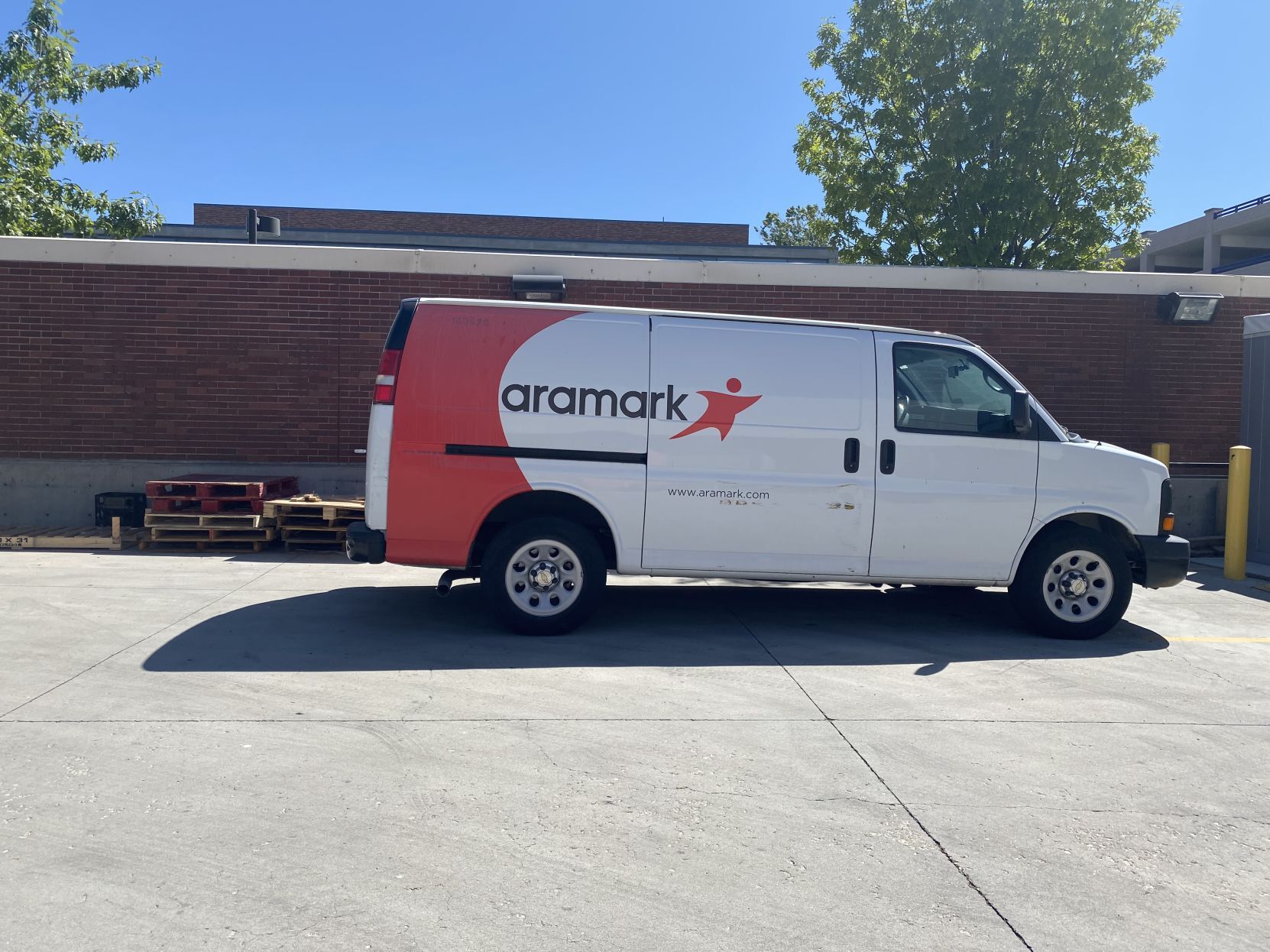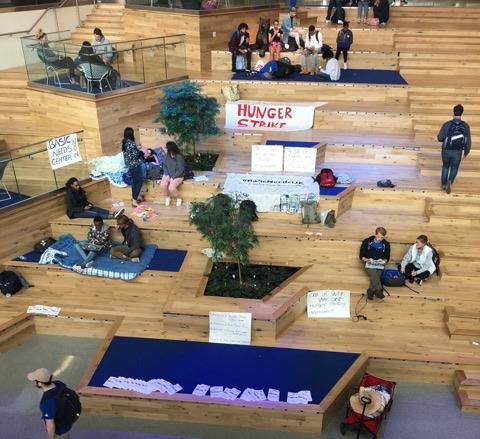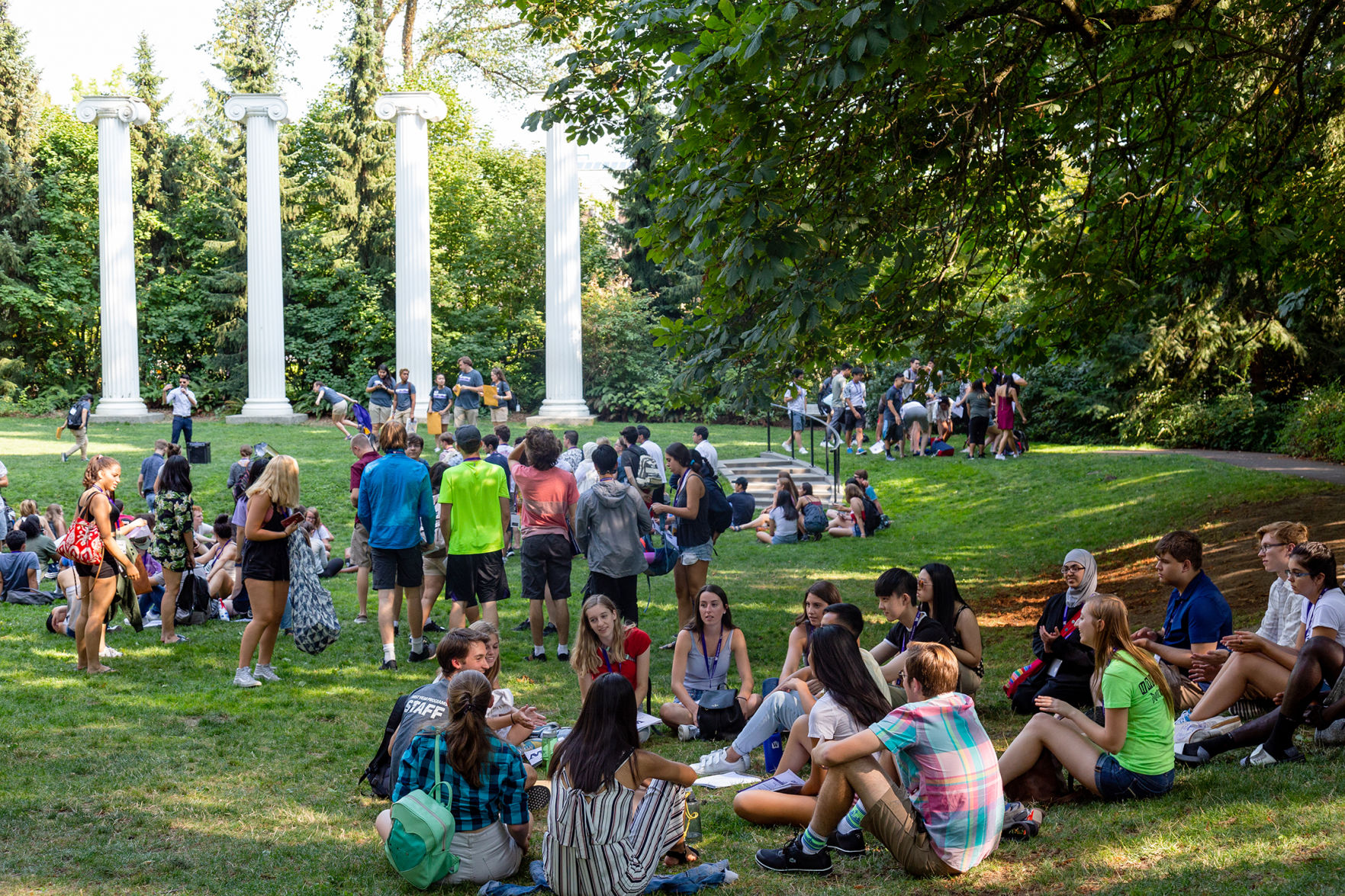
While students circulated petitions to support the demands, and Otero House offered $5,000 to help implement them. As the day progressed, the support for the BSU grew and spread across the campus. They then walked out of the auditorium to a standing ovation.Įveryone sensed that for hope to survive and the community to stay intact, Stanford had to take swift action and make substantive changes. BSU Chair Washington told the 1,700 assembled students to “Put your money and your action when your mouth is.” Frank Satterwhite then read the BSU’s statement that featured ten demands for Stanford to meet to prove its sincerity about fighting racism.

As the BSU members took the stage, Gertrude Wilkes of East Palo Alto led East Palo Alto Day Students and Mothers for Equal Education into the auditorium. ĭuring the convocation, Provost Richard Lyman was addressing the capacity crowd when seventy Black students rose from their seats, solemnly walked onto the stage, and took the microphone from Lyman. Throughout the spring, a core of BSU members traveled to Oakland for the massive “Free Huey” rallies at the Alameda County Courthouse.įour days after the assassination, on Apthe University cancelled all classes and called a campus-wide convocation entitled “Colloquium and Plan for Action: Stanford’s Response to White Racism.” The BSU, however, held its own rally before heading for Memorial Auditorium en masse. Newton, the other founder of the revolutionary, Oakland-based organization. delivered a speech in Memorial Auditorium and told the capacity crowd that, “We may have to repent in this generation not for the violent actions of the bad people, but for the inaction of the good people.” During February 1968, Bobby Seale, Co-Founder and Chairman of the Black Panther Party, came to speak to the BSU and to raise funds for the legal defense of Huey P. In January 1968, the BSU elected Kenny Washington and Charles Countee as Co-Chairs of the organization.įrom its earliest days the BSU made a conscious decision to maintain a connection to the national Black Liberation Movement. Black on Black was published on Novemthe fifty-two page magazine contained poetry, essays, stories, and illustrations.


Delores Mack and Charlotte Washington edited the BSU’s first publication. Seeking to institutionalize the organization the BSU members filed a constitution with the Dean of Students Office in October 1967. What we do with ourselves is.” The students ended the debate about a name, voted to call themselves the Black Student Union, and developed action plans for what they wanted to do with themselves. Interact members had been debating what to call the organization, but Baraka said, “What we call ourselves isn’t important. State Black Student Union leader Jimmy Garrett to address the meeting. The students invited revolutionary poet and scholar Amiri Baraka, who was teaching at the time at San Francisco State, and S.F. In an ongoing effort to unite Stanford Black students and to determine their relationship to Black America, Ron Miller, working with five freshwomen, compiled a list of all the known Black students on campus and called a meeting for 2:00 p.m., Sunday February 26,1967. Detroit’s rebellion scared the government so badly that the 82nd airborne paratroopers occupied the city, and tanks rolled through the streets of Motown. Watts was followed by the Hough Riot in Cleveland in 1996 and the Newark and Detroit rebellions in the summer of 1967. That urban rebellion – which claimed 35 lives, resulted in 4,000 arrests, and brought out 15,000 National Guardsmen – was a desperate reaction to police brutality, unemployment, and the extermination of hope.

In August 1965, Americans watched Watts, Los Angeles burn for a week. By 1967, America was on fire – literally.


 0 kommentar(er)
0 kommentar(er)
